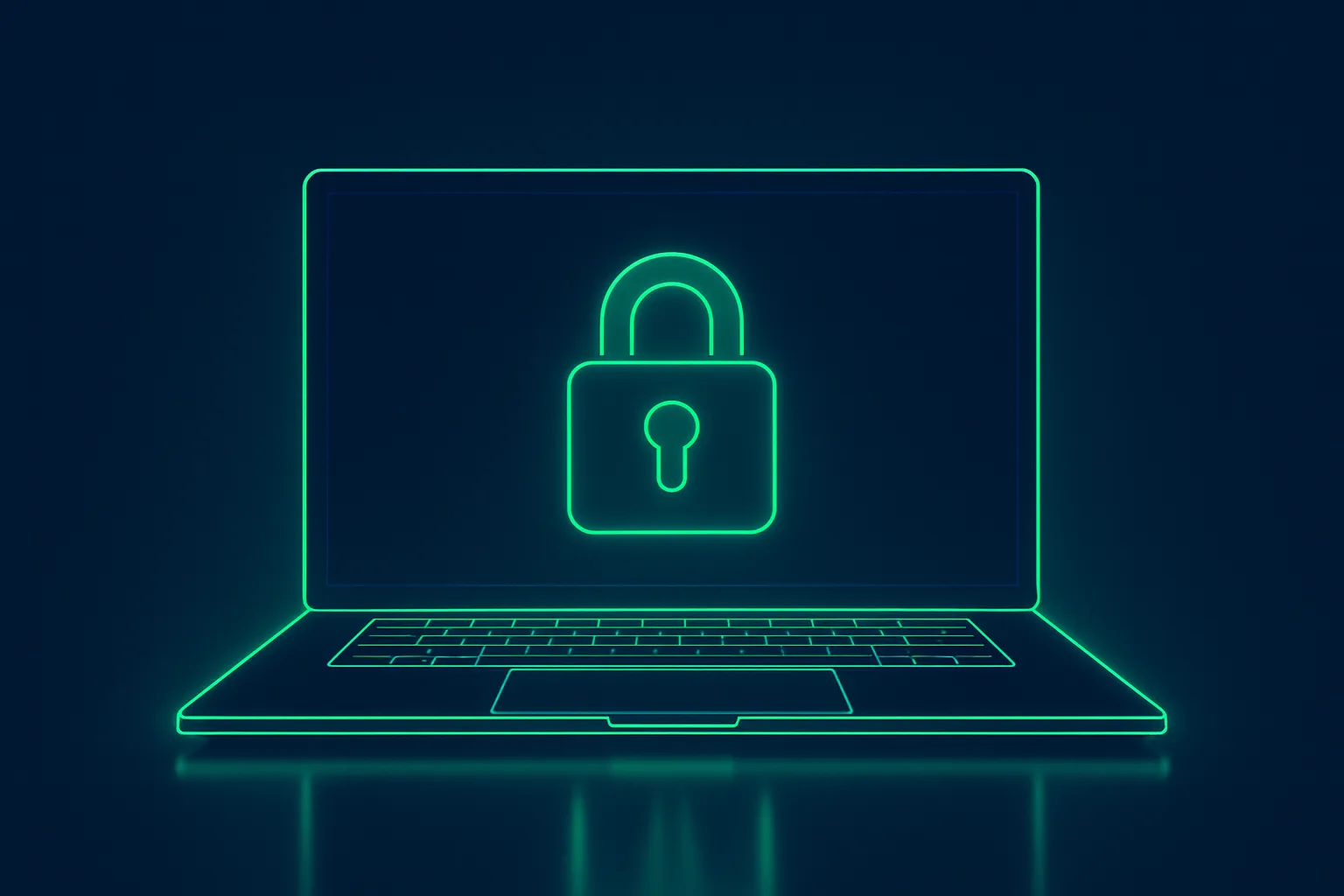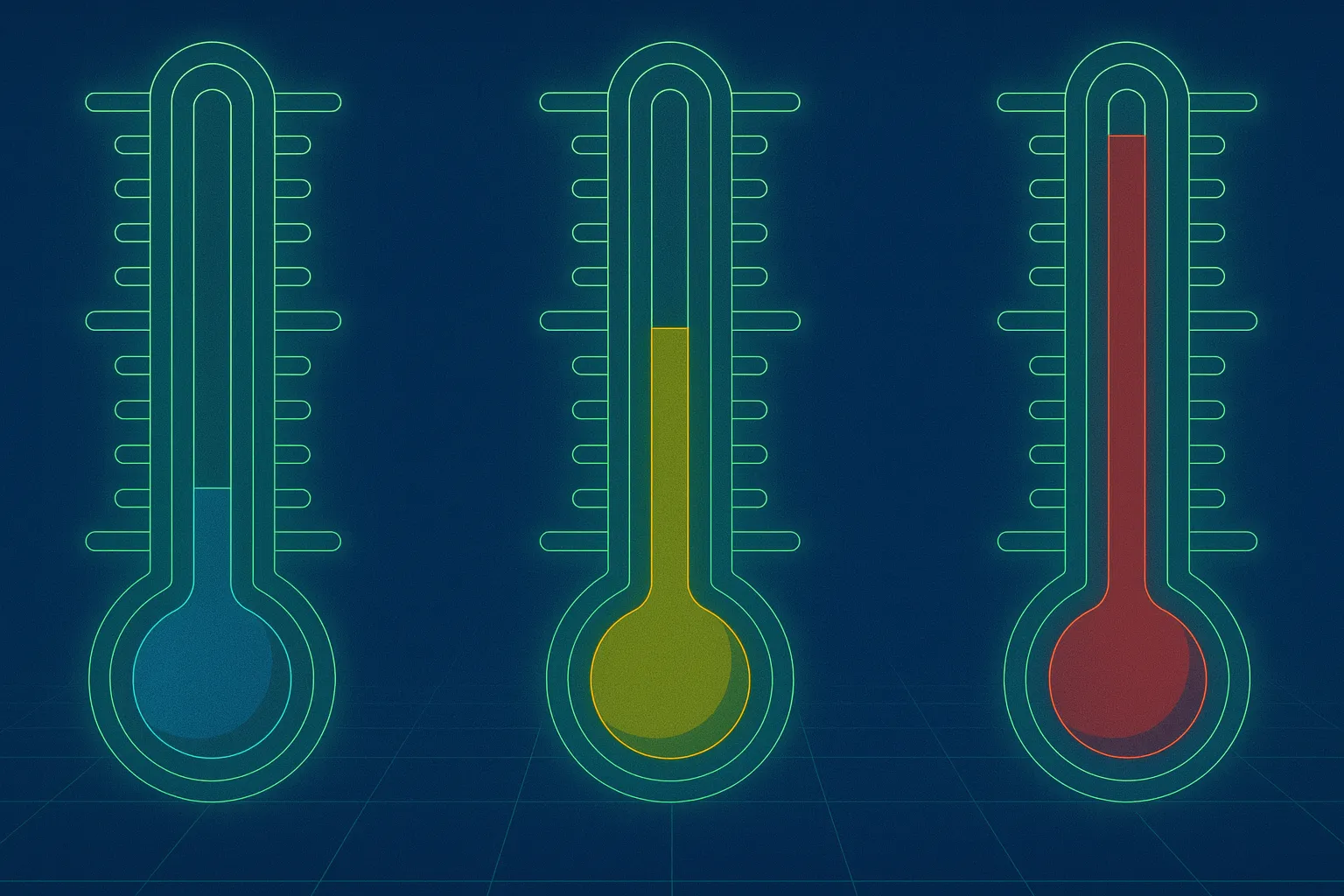.webp)
What Is NFC?
Near Field Communication (NFC) can play a pivotal role in how aerospace and defense organizations track, verify, and manage critical assets and inventory. An NFC sensor creates a secure wireless connection between tagged assets and mobile devices or readers at an extremely close range, typically within four centimeters.
When NFC Sensors Deliver Superior ROI
Components worth thousands or millions of dollars require positive identification before installation, transfer, or deployment. The intentional scan requirement of an NFC sensor ensures accountability at every touchpoint.

Defense contracts and compliance frameworks demand immutable records. Each NFC interaction creates a timestamped, location-stamped record that satisfies audit requirements without manual data entry or paperwork.

Aircraft components, munitions containers, and compact equipment benefit from NFC's minimal form factor. Tags measure millimeters in thickness and can conform to curved surfaces or integrate into existing labels.

In sensitive facilities where electromagnetic emissions are restricted, NFC's four-centimeter range enables efficient scanning or tapping.

Understanding NFC Limitations
NFC’s proximity requirement means that it cannot provide real-time location tracking across large warehouses or outdoor storage yards. The last known location is based on the last scan or tap and leverages the location information from the scanning device. If your operation requires real-time information and knowing an asset's position without physical access, GPS or BLE better serve those needs.
NFC also requires line-of-sight or near-access to scan or tap. Assets buried deep in sealed containers or located behind barriers cannot be inventoried without physical handling. Bulk scanning of dozens of items simultaneously is not possible because each tag requires an individual scan.
For applications requiring continuous monitoring or alerts when assets move unexpectedly, active tracking technologies provide capabilities beyond NFC's scope. The technology serves to provide verification and automated documentation, not real-time visibility.
What to Consider When Evaluating NFC Sensors
When assessing NFC IoT solutions for your defense supply chain, consider these critical factors:

Data Capacity and Structure
Memory size adequate for your metadata requirements (part numbers, serial numbers, maintenance history)
Support for structured data formats compatible with your ERP or asset management systems
Read/write capabilities matching your workflow needs

Security and Authentication
Authentication to prevent tag cloning or counterfeiting.
Encryption standards meeting defense industry requirements.

Environmental Durability
Operating temperature range spanning your storage and deployment conditions.
Chemical resistance appropriate for cleaning agents and fuels.
Impact and vibration tolerance matching transportation stresses.

Total Cost of Ownership
Tag unit cost versus expected lifespan and reusability.
Software licensing and platform fees.
Training requirements for personnel adoption.
The History of NFC in Defense Applications
NFC technology emerged in the early 2000s. It evolved from RFID technology, with the main differentiator being that RFID can work over longer distances versus NFC that can operate over longer distances. NFC technology is best known for use in contactless payments using mobile devices or tapping credit/bank cards. The technology was first used in the defense industry in the military’s Common Access Card (CAC). Today's IoT NFC solutions leverage this ubiquitous technology to deliver enterprise-grade asset intelligence without the complexity of specialized reader networks.
Modern NFC sensors have evolved far beyond simple identification tags. Advanced IoT NFC implementations now incorporate tamper-evident features, environmental monitoring capabilities, and cryptographic authentication, all within a passive tag that requires no battery and operates reliably for years.

